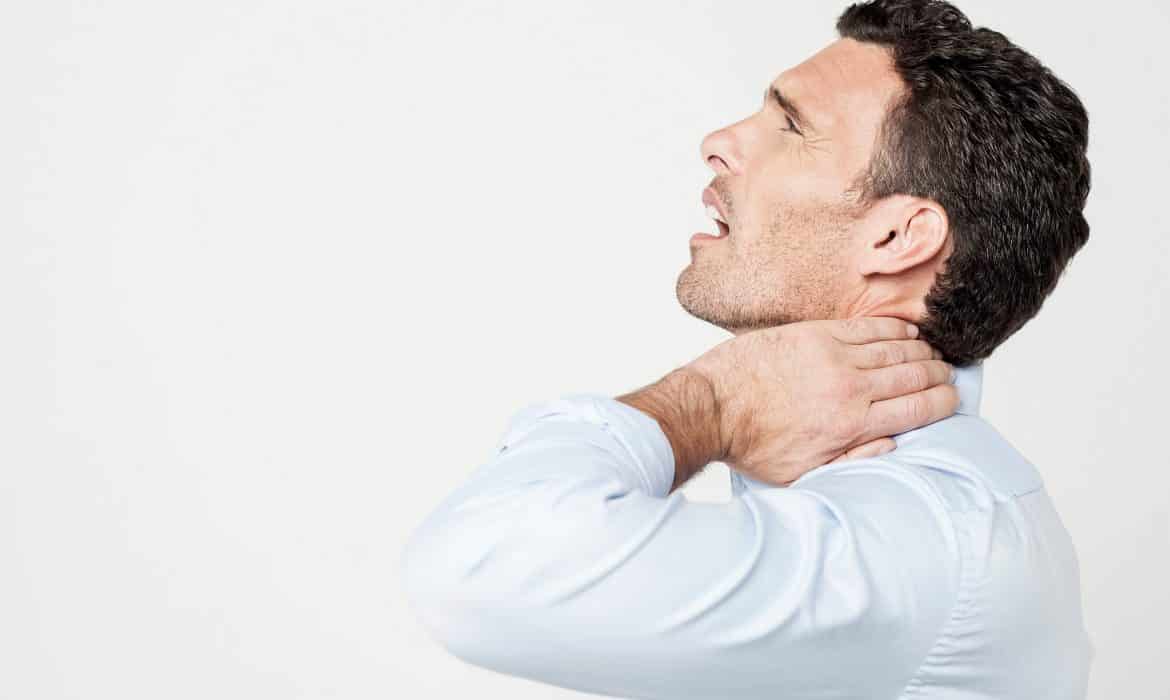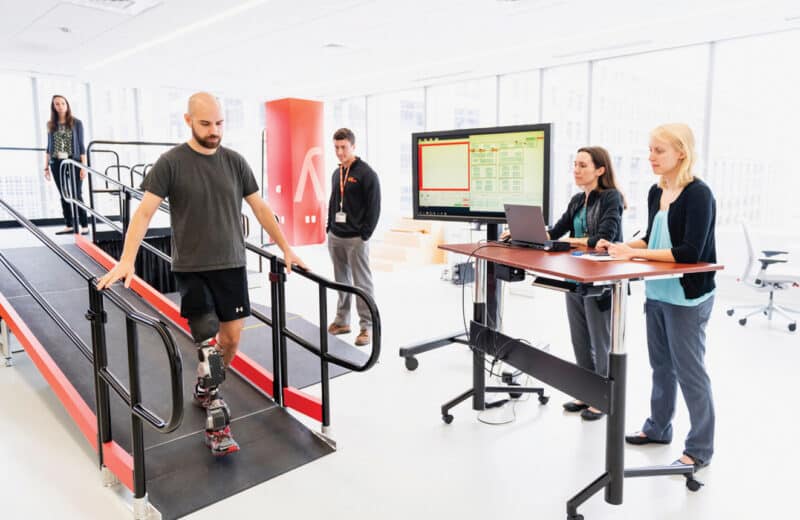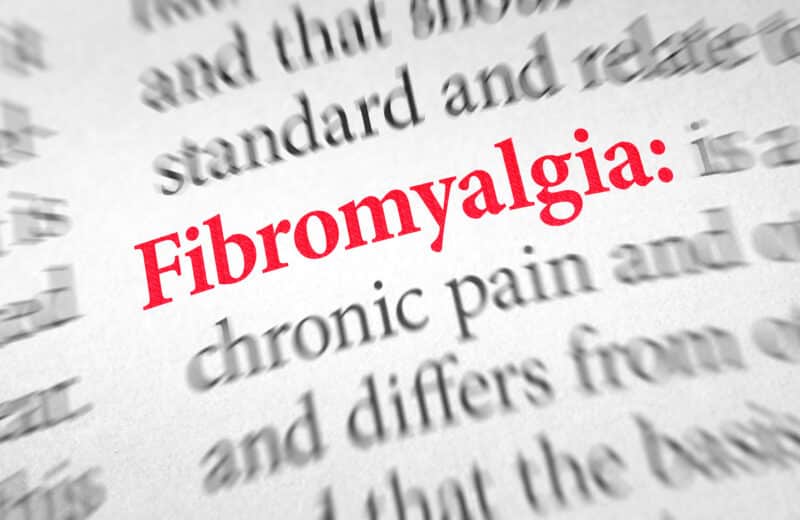Harvard Health Letter
Is your back bothering you? Do your hamstrings hurt? Is your neck or shoulder sore? If so, you’ve got a lot of company. Garden-variety tightness, aches, and pains in the major muscles and joints — especially the lower back — are among the most common day-to-day health complaints, according the National Center for Health Statistics.
Often the root cause is a simple lack of doing something all [people] are designed to do. “The human body needs to move,” says Linda Arslanian, director of Rehabilitation Services at Harvard-affiliated Brigham and Women’s Hospital. “It needs to move frequently and in a variety of ways. People who do that tend to have less of those achy, stiff musculoskeletal problems.”
To be sure, muscle and joint pain sometimes points to more than simple lack of exercise. Arthritis gradually breaks down the joint-cushioning cartilage where bone meets bone. Torn tissues and squeezed nerves can cause enough pain to keep you awake at night.
These specific injuries and conditions may require medical attention. But for general prevention of musculoskeletal aches and pains, regular physical activity is the cornerstone — perhaps supplemented with some gentle stretching.
You gotta move
To keep your body pain free, make sure to vary your activity. Walking, swimming, jogging, and cycling are all good options. Professional athletes know this; that’s why they cross-train.
Unlike athletes, you don’t need to exercise to the point of sweating and fatigue. “The intensity can be mild or moderate, as long as it’s consistent,” Arslanian says. “People who do that are the ones with fewer ongoing musculoskeletal complaints.”
Hang loose
A stretching routine can help to keep muscles lengthened and supple rather than shortened and tight. That allows you to move freely and comfortably as you do your usual daily activities.
Yoga is an excellent exercise regimen for building flexibility, range of motion, and strength. It involves assuming a series of positions, or “poses,” that alternately lengthen and relax the large muscles.
If you want to learn yoga, work with an experienced instructor, especially if you are prone to back, neck, knee, or shoulder pain. Improper or excessive yoga has is causing a surprising number of injuries as this ancient practice gains popularity.
Stretching and exercise
Should you stretch before exercising? It’s a more complicated issue than you may realize. But it’s generally a good idea to warm up a little before either exercise or stretching to get the blood flowing to your muscles, since stretching a “cold” muscle could actually cause an injury.
Try gently moving your arms, legs, and neck through their natural range of motion. If you walk, start at a slow pace to get your heart rate up a little and blood flowing into the legs. Stretch after you swim or cycle, not before.
It seems counterintuitive, but when you sit too long in one place trying to relax, you can end up stiff and tight. One common trouble spot is the hamstring muscles. The hamstrings are three long bundles of muscle in the back of the legs that run from the pelvis and lower spine to just below the knee.
“When you sit, the knee is flexed, so your hamstrings move up into a shortened position,” says David Nolan, a physical therapist with the Sports Physical Therapy Service at Harvard-affiliated Massachusetts General Hospital. “The more sitting you do, the tighter your hamstrings will potentially get.”
The hamstrings have a complex relationship with lower back pain. Tight hamstrings tend to rotate the pelvis backward — like when you clench your abdominal muscles. The decreased curvature in the back may shift spinal alignment and cause pain.
Conversely, when your lower back is flat and stiff, Arslanian says, it could contribute to tight hamstrings, which you will typically feel just below the buttocks. When back and hamstring pain mix, take care: stretching could make it worse.
If you have a painful trouble spot — whether in the hamstrings, lower back, or elsewhere — don’t try to forcefully stretch it out. You may benefit from seeing a physical therapist, who can carefully evaluate your condition, identify the underlying cause, and show you how to do safe, targeted stretches to relieve the pain.
Once you recover, consider working up to a continuing and comprehensive daily stretching routine to prevent further problems. –Harvard Men’s Health Watch













